18. Artemisia (Agnès Merlet, 1997)
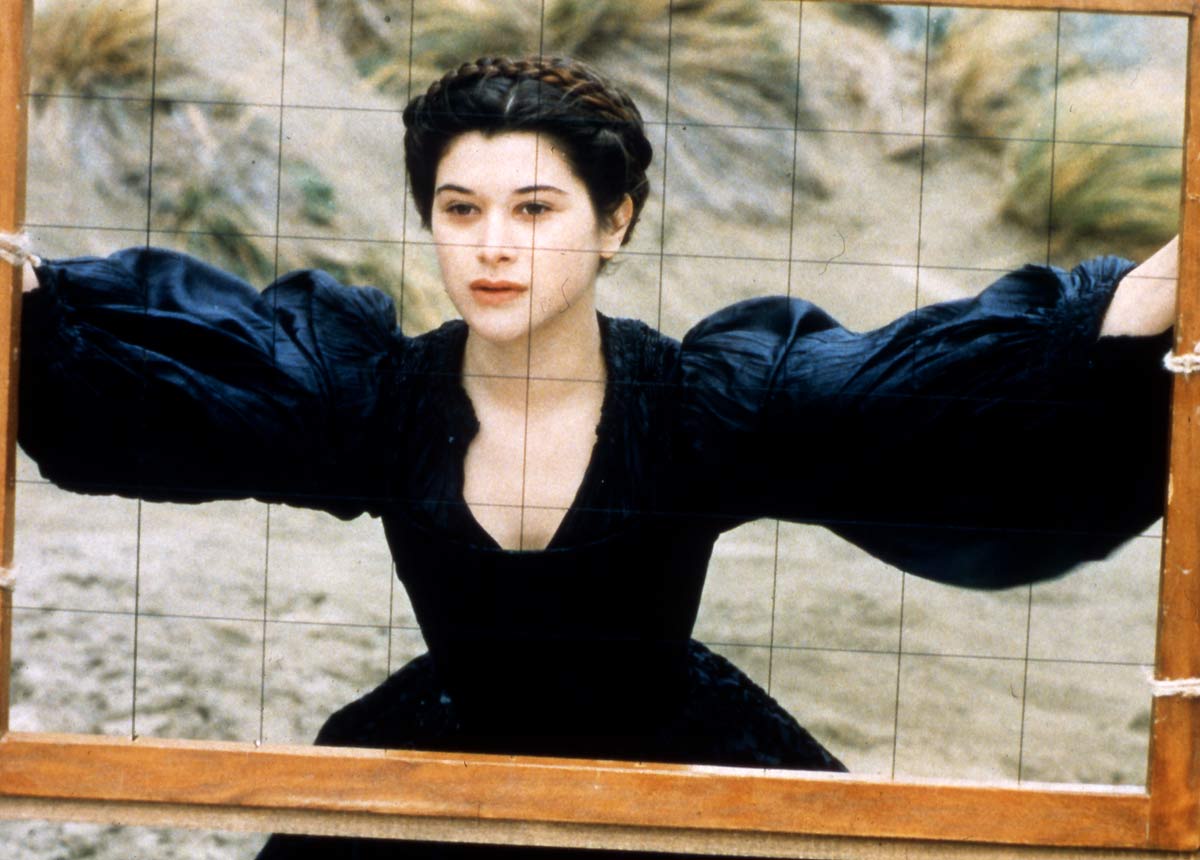
If you approach “Artemisia” after Merlet’s later (and also very good) films, “Dorothy Mills” and “Hideaways”, you will probably expect it to have a sharper feminist edge, considering its subject is the first woman to become the member of Florentine Academy of Fine Arts.
However, the director dares to depict Artemisia Gentileschi’s relationship with her teacher, lover and (suspected) rapist Agostino Tassi as far more romantic than the history suggests, which has caused some critics’ outrage. On the other hand, taking off the label of ‘victim’ from the painter’s name could be considered Merlet’s way of emphasizing female power.
Controversy and inaccuracies aside, no one can deny the picturesque reconstruction of the early 17th century, as well as the handsome photography, assured helming and superb acting, especially by the radiant Valentina Cervi as the titular heroine. And then there’s the factor of strong “erotic charge” which stems from Artemisia’s artistic curiosity and defiant attitude…
19. Snow White: A Tale of Terror (Michael Cohn, 1997)
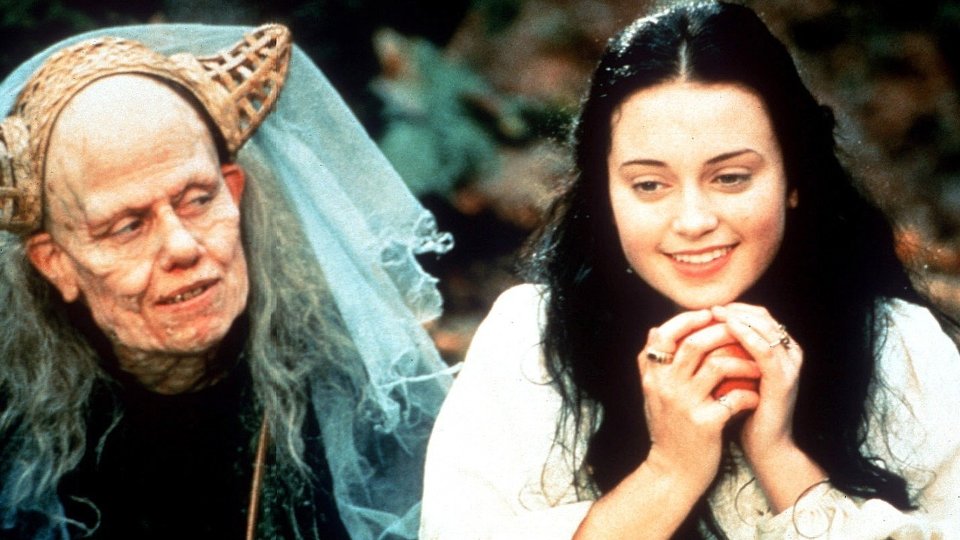
Six decades after the Disney’s classic, Michael Kon delivers the grimmest adaptation of the famous Brothers Grimm fairy tale in the form of a horror fantasy rife with symbols. In his rendition, no character is innocent and left unscathed.
The “evil” stepmother Claudia (Sigourney Weaver, brilliant) wins some of the viewer’s sympathy, whereby the sweet Snow White renamed Liliana/Lili (Taryn Davis / Monica Keena) is accused of jealousy. Liliana’s relation with the nobleman father, Frederick Hoffman (Sam Neill), gravitates towards the Electra complex and her “little prank” is the trigger for the tragic events and dark forces rising from the notorious piece of decor.
Notwithstanding the magic mirror, beauty is pushed to the background, so the main reason for the stepdaughter’s exile is her unreasonable defiance which leads to Claudia’s miscarriage. Up to that point, it is clear that there’s no trace of “sugar”, but afterwards things get seriously twisted. Let’s just say that we get rowdy social outcasts instead of dwarfs and quite extreme murder attempts prior to the poisoned apple. So, Lili is forced to stop being spoiled and become spunky.
20. Labyrinth of Dreams (Sōgo Ishii, 1997)
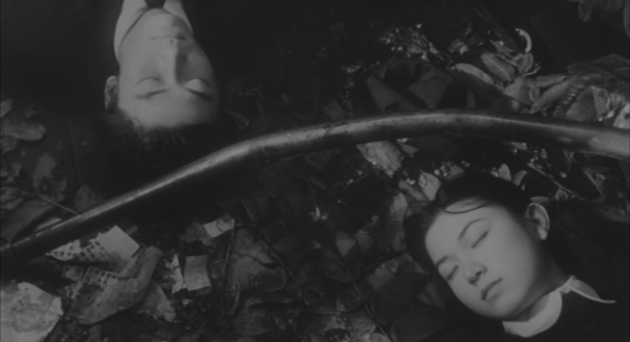
An experimental psycho-romantic drama/mystery “Labyrinth of Dreams (Yume no Ginga)” belongs to Sōgo (now Gakuryū) Ishii’s “Zen phase”, alongside a relaxing miniature “The Master of Shiatsu” and an atmospheric thriller “Angel Dust”.
Inspired by Kyūsaku Yumeno’s short story and shot in the spirit of the Japanese New Wave, it is set in the 50s of the last century and it follows an intriguing tale involving suspicious death, failed revenge and irrational love between a bus conductor, Tomiko (Rena Komine) and her colleague driver, Tatsuo (Tadanobu Asano).
A traditional narrative means are utilized in unconventional ways, so even the most banal dialogue is cleverly turned into sheer poetry by Ishii. With the help of deliberate pace, ominously ethereal music, long stretches of silence and exquisite B&W cinematography, he acts as a skillful hypnotist who lulls you into a state akin to a paralyzing dream. Besides, he has a great support in Komine and Asano’s dedication to their roles.
21. New Rose Hotel (Abel Ferrara, 1998)
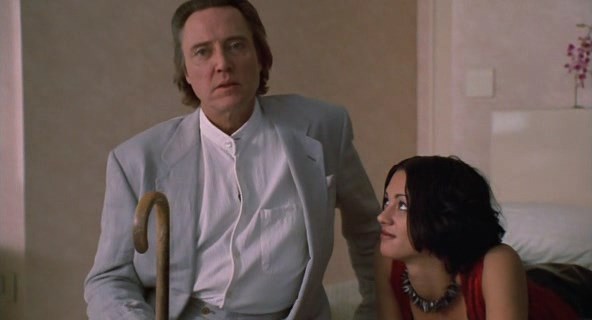
Non-linear and, by the standards of cyberpunk, quite unusual, “New Rose Hotel” is the adaptation of William Gibson’s short story of the same name. It is a quirky, slow-burning amalgam of drama, romance, mystery and, to a certain degree, science fiction, starring Asia Argento, Willem Dafoe and Christopher Walken (whose mannerisms are reason enough to see this film) as Sandii, X (nameless narrator/protagonist) and Fox, respectively.
Unlike the original work, Ferrara’s underrated feature is more about the people than the high-risk corporate espionage they’re involved in. It is not action-oriented, but rather scheming – we only see the planning (to lure a Japanese scientist played by the illustrator Yoshitaka Amano into a trap), and the (negative) consequences of mixing business with pleasure.
This behind-the-scene approach works like a charm, primarily due to the central performances and Ferrara’s gritty, unadorned style – “elegant in its simplicity”, in the Fox’s words. Also praiseworthy are the dreamy score and the raw atmosphere which marries melancholy to erotica.
22. Nothing (Dorota Kedzierzawska, 1998)
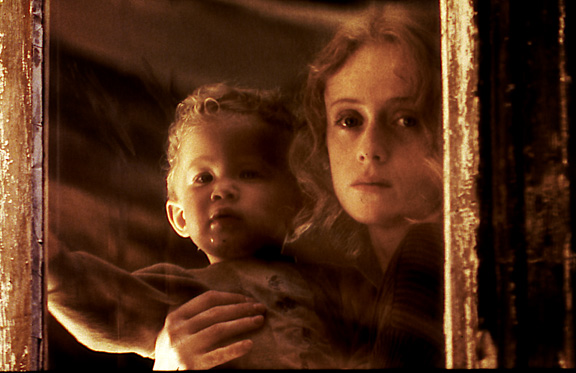
Hela – a young, caring mother of three frisky children and a devoted wife of a violent, boorish and indifferent husband – finds out she’s pregnant again and her situation (made even more miserable by poverty) goes from bad to worse.
Inspired by true events, Kedzierzawska invests considerable effort in transforming a hard tragedy into a delicate poem, while addressing the discomforting theme of abortion which is still illegal in her home country of Poland. The result of that bold and successful “alchemic” process is a unique drama focused on a frail, socially ostracized and emotionally devastated individual.
Insisting on the sparse dialogue, intimate close-ups and fragmented narrative, the director puts us in Hela’s unenviable position of pain, despair and solitude. Her heroine wanes in the world of outdated values – a “dungeon” represented by a dilapidated apartment block of claustrophobic interiors.
Kedzierzawska dips her brush in muddy golden-browns to depict the cruelty of reality, whereas she frequently uses soft light to accentuate Hela’s “sanctity”. Through her DP Arthur Reinhart’s keen eye, the most mundane scenes are transformed into gorgeous tableaux.
23. Fever (Alex Winter, 1999)
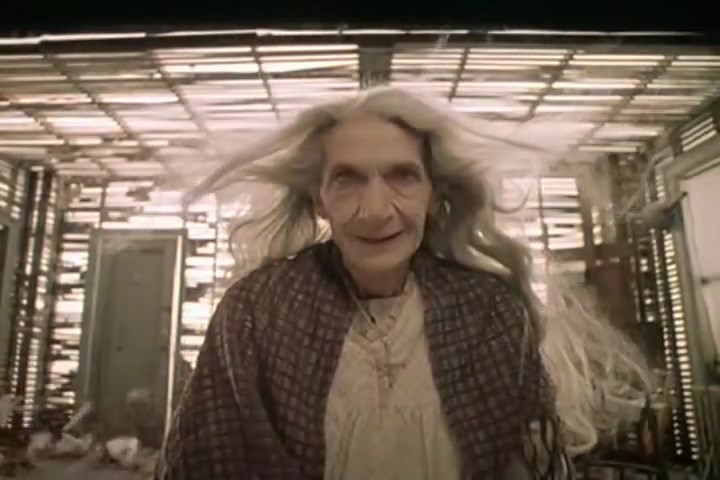
Nick Parker is a young artist barely making his ends meet by teaching drawing and painting in some lousy night school. When the institution’s principal tells him that the course will be cancelled, Nick begins a decent into madness. The murder of his Polish immigrant landlord accelerates his downfall.
“Fever” provides an excellent blend of drama, mystery and thriller, with an emphasis of the latter two genres, as well as on the meaty, nightmarish and hypnotizing atmosphere established through the dimly lit spaces and haunting score (kudos to Ferrara’s frequent collaborator Joe Delia).
Revealing the rotten side of New York, Alex Winter – the blonde half of the titular duo from “Bill & Ted’s Excellent Adventure” – proves to be much better director than actor. His colleagues in front of the camera do a fantastic job, particularly David O’Hara as Nick’s enigmatic neighbor Will who might be just a figment of the protagonist’s imagination or his (deranged) voice of reason.
24. Silver Heads (Yevgeny Yufit & Vladimir Maslov, 1999)
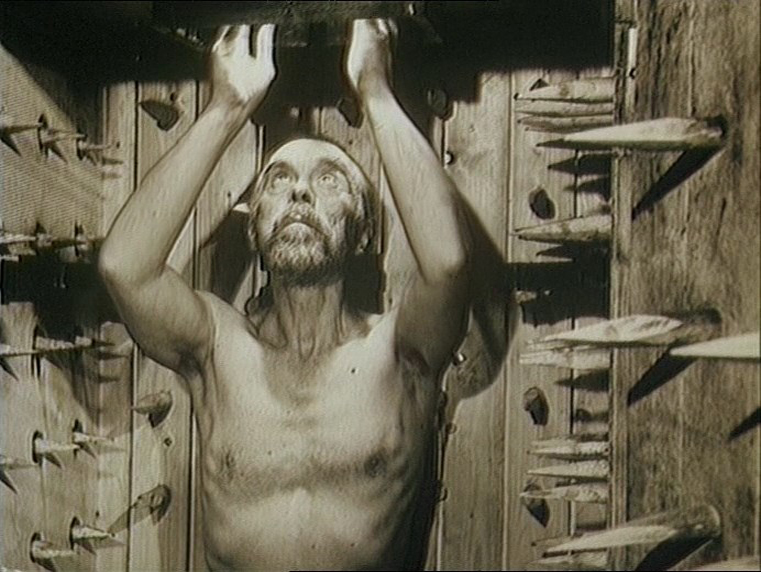
The trio of not-quite-sane scientists conducts a series of top-secret experiments in an underground bunker. As they’re trying to synthesize human and wood molecules, the pants-less men (probably the former guinea pigs) lead by a weird psychic, roam free in the forest above their laboratory. (And let’s not forget the video of the Siamese Twins separation operation.)
Absurd comedy, twisted philosophy, esoteric mysticism and pseudo-sci-fi meet and intertwine in the most accessible work of “necrorealism” whose founder (and so far, the only representative) is Yevgeny Yufit trained under Aleksandr Sokurov in 1988-89.
Even though the master’s influence is evident, the student and his co-writer/director Maslov have a vastly different – down-to-earth and death-fetishizing – sensibility. Naughty and uncompromising, they create something (outlandish) that could be described as a ‘l’art pour l’art’ shock, an avant-garde joke or the allegory of dehumanizing aspects of science.
Whatever the case may be, their unique “bucolic-cyberpunk” feature has a lot of sepia-toned eye candy to offer, albeit for the audience with the acquired taste.
25. Tuvalu (Veit Helmer, 1999)
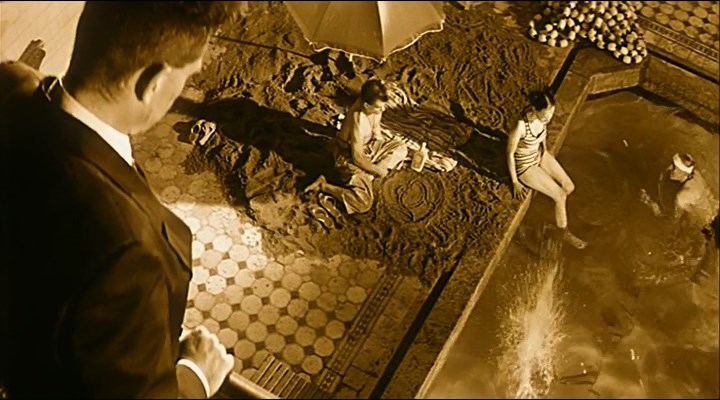
In the best tradition of nonverbal cinema, Veit Helmer’s feature-length debut communicates in the language of grunts, grimaces and gestures of its protagonists. Sporadically, a someone’s name can be heard, but the traditional dialogue is completely removed.
“Tuvalu” brings together social drama and romantic/slapstick comedy in a bizarre setting which is reminiscent of “Delicatessen”. The whacky story takes place in a dilapidated public bath owned by a blind lifeguard, his button-collector wife and a seemingly doofus son Anton. And the titular island is the dream place of Anton’s love interest Eva who loses her home and father in the devious plot by the antagonist (and Lyle Lovett look-alike), Gustav.
Dingy, relaxing, bittersweet and charmingly grotesque in its playful eccentricity, “Tuvalu” is a visually inspired film shot with German money in Bulgaria with an international cast of mostly East European actors. From its audience, it doesn’t require much – just to stretch their suspension of disbelief and to accept the characters as they are – the live-action equivalents of an adult cartoon caricatures.
Author Bio: Nikola Gocić is a graduate engineer of architecture, film blogger and underground comic artist from the city which the Romans called Naissus. He has a sweet tooth for Kon’s Paprika, while his favorite films include many Snow White adaptations, the most of Lynch’s oeuvre, and Oshii’s magnum opus Angel’s Egg.